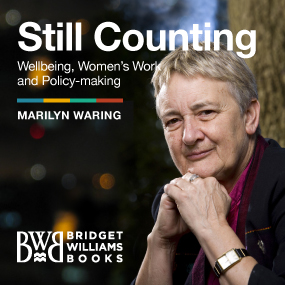How Earth’s Newest Continent ‘Zealandia’ Was Found
Scientist recently discovered that “earth has a brand-new continent called Zealandia,” writes Dave Mosher in an article for Business Insider Australia. “What’s less widely known about the discovery, however, is how it came about.”
“Zealandia, which spans roughly 4.9 million square kilometers and is about 95% underwater, was a revelation more than a half-century in the making. And like many geologic discoveries, it began with the human drive to mine natural resources.”
The 1960s marked the beginning of New Zealand’s offshore drilling efforts. Since “that time the country’s crude oil production per capita has grown to 30% that of US output, and it’s a significant economic boon for the island nation.”
To find out if there was more continental crust — and the oil it conceals — deep below the ocean around New Zealand and New Caledonia, oil prospectors and geologists began drilling samples from the ocean bottom and pulling them up in the early ’70s, reports the article. “Evidence for more and larger tracts of continental crust hidden on the ocean bottom mounted with each new expedition.”
In 1995, Bruce Luyendyk, a geophysicist at the University of California at Santa Barbara, coined the term “Zealandia” to “describe New Zealand, New Caledonia, and the growing number of submerged chunks of crust that broke off a region of Gondwana, a 200 million-year-old supercontinent.”
At around the same time “New Zealand joined a United Nations treaty called the Convention on the Law of the Sea (UNCLOS), which helped spur the continent’s discovery,” according to the article.
According to the Treaty “a nation can lay claim to a continental shelf’s drilling and mining rights — if they can prove it’s connected to their nation.” After setting out to explore the borders of their maritime territorial zones, the UN agreed with New Zealand’s final border claims in 2004, which was a “huge seafloor land grab for” the country.
That “amounted to a lot of drilling samples, satellite imagery, seismic scans, and other information about the seafloor of Zealandia” – data that “eventually led to further scientific studies, including a 2012 report on the Tasman Frontier: “a vast submerged continental fragment of over 3,000,000 sq km [1.16 million square miles] between Australia, New Zealand and New Caledonia.”
That in turn led to the question whether these were “Gondwana’s continental fragments, or all part of an unrecognised continent,” writes Mosher.
Vaughan Stagpoole, study co-author, geophysicist and head of the marine geoscience department at NZ-funded research institute GNS Science and his colleagues settled the question of Zealandia’s continent status in the March/April 2017 issue of GSA Today, a Geological Society of America journal.
“Despite the fact that New Zealand has been selling off drilling permits to Zealandia with its “Block Offer” program since 2012, Stagpoole says no one is exactly sure what Zealandia has to offer, or where.”
“We’re still trying to understand the tectonic history,” he said. “New Caledonia, Germany, Australia, and other nations are regularly exploring this region to understand the question about how continental crust is formed, and understand the geologic history of this particular continental crust.”
Article Source: Business Insider Australia, Dave Mosher, February 24, 2017














